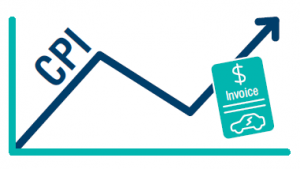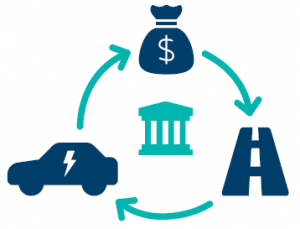
Road User Charging for Electric Vehicles
Infrastructure Partnerships Australia is calling for a road user charge on electric vehicles. Applying a simple distance-based charge to electric vehicles will ensure every motorist makes a fair and sustainable contribution to the use of the roads.
Overview
Since the early 1990s, policy advisors including the Productivity Commission, Infrastructure Partnerships Australia, the Harper Review, Infrastructure Australia, and Infrastructure Victoria have called on Australian governments to reform the way we pay for roads.
Over recent years however, the reform case has become increasingly urgent. The uptake of fuel-efficient vehicles has driven a rapid and terminal decline in fuel excise revenue – which makes up a major source of funding for our roads.
With electric vehicles set to become a dealership mainstay over the next decade, fuel excise revenue will simply fall off a cliff, meaning less money to pay for transport investment.
That is why Infrastructure Partnerships Australia is calling for a road user charge on electric vehicles. Applying a simple distance-based charge to electric vehicles will ensure every motorist makes a fair and sustainable contribution to the use of the roads.
Snapshot Video
Three options for advancing reform
Option 1: Federal leadership

Federal leadership
The Federal Government leads reform in collaboration with states and territories.
Option 2: States and territories collaborate

States and territories collaborate
Multiple state and territory governments collaboratively advance reform.
Option 3: States and territories go it alone

States and territories go it alone
State and territory governments implement reform individually.
Full Report
Contact Information
Adrian Dwyer
Chief Executive Officer
Mollie Matich
Head of Policy and Research
Boronia Morison
Head of External Affairs
Sign up for more Infrastructure Analysis
Sign up for our popular weekly Infrastructure Report newsletter and keep up to date on all the latest developments in the sector.
Sign Up





